The synergy between machine learning and autonomous vehicles represents a dynamic duo at the forefront of technological innovation, reshaping our approach to transportation and mobility. This partnership is not merely about enhancing vehicular capabilities; it’s about forging a new path toward smarter, safer, and more efficient travel. As we delve into this exciting realm, the profound impact of this duo on society, the environment, and the economy becomes increasingly clear.
Machine learning, with its ability to interpret, learn from, and act on data, is the driving force behind autonomous vehicles. It’s what allows these vehicles to perceive their environment, make decisions, and navigate complex scenarios. This intelligence is the result of sophisticated algorithms processing vast amounts of data from sensors, cameras, and radars, continuously learning and adapting to new situations. The result is a self-driving vehicle that can react in real time to the unpredictable nature of roads, weather, and human behavior.
The collaboration between machine learning and autonomous vehicles is also paving the way for unprecedented levels of safety on our roads. By eliminating human error, which is responsible for a significant percentage of accidents, autonomous vehicles promise to drastically reduce traffic-related fatalities and injuries. Machine learning’s predictive capabilities enable these vehicles to anticipate and avoid potential hazards, offering a level of vigilance and reaction speed unattainable by human drivers.
Moreover, this dynamic duo is set to revolutionize urban planning and environmental sustainability. Autonomous vehicles, guided by machine learning, can optimize routes, reduce traffic congestion, and lower emissions. The potential for a future with cleaner air, less noise pollution, and more green spaces is on the horizon, as cities adapt to and embrace this technology.
However, the journey is not without challenges. Ethical considerations, data privacy, and cybersecurity are critical issues that must be addressed. The technology must be transparent and secure, gaining the trust of passengers and the public. Additionally, there’s a need for regulatory frameworks that ensure safety standards and guide the integration of autonomous vehicles into our existing transportation systems.
The partnership between machine learning and autonomous vehicles is a dynamic duo set to transform our world. It’s a journey filled with promise and potential, leading to safer roads, smarter cities, and a cleaner environment. As we navigate this path, the importance of careful, ethical consideration and public engagement cannot be overstated. The road ahead is exciting, and as machine learning and autonomous vehicles continue to evolve, the possibilities are as vast as they are inspiring. Together, they drive us toward a future that’s not just autonomous, but intelligent and inclusive.





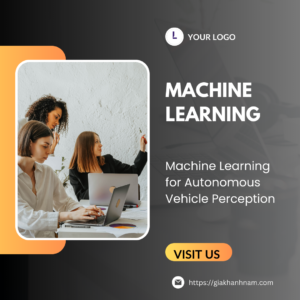



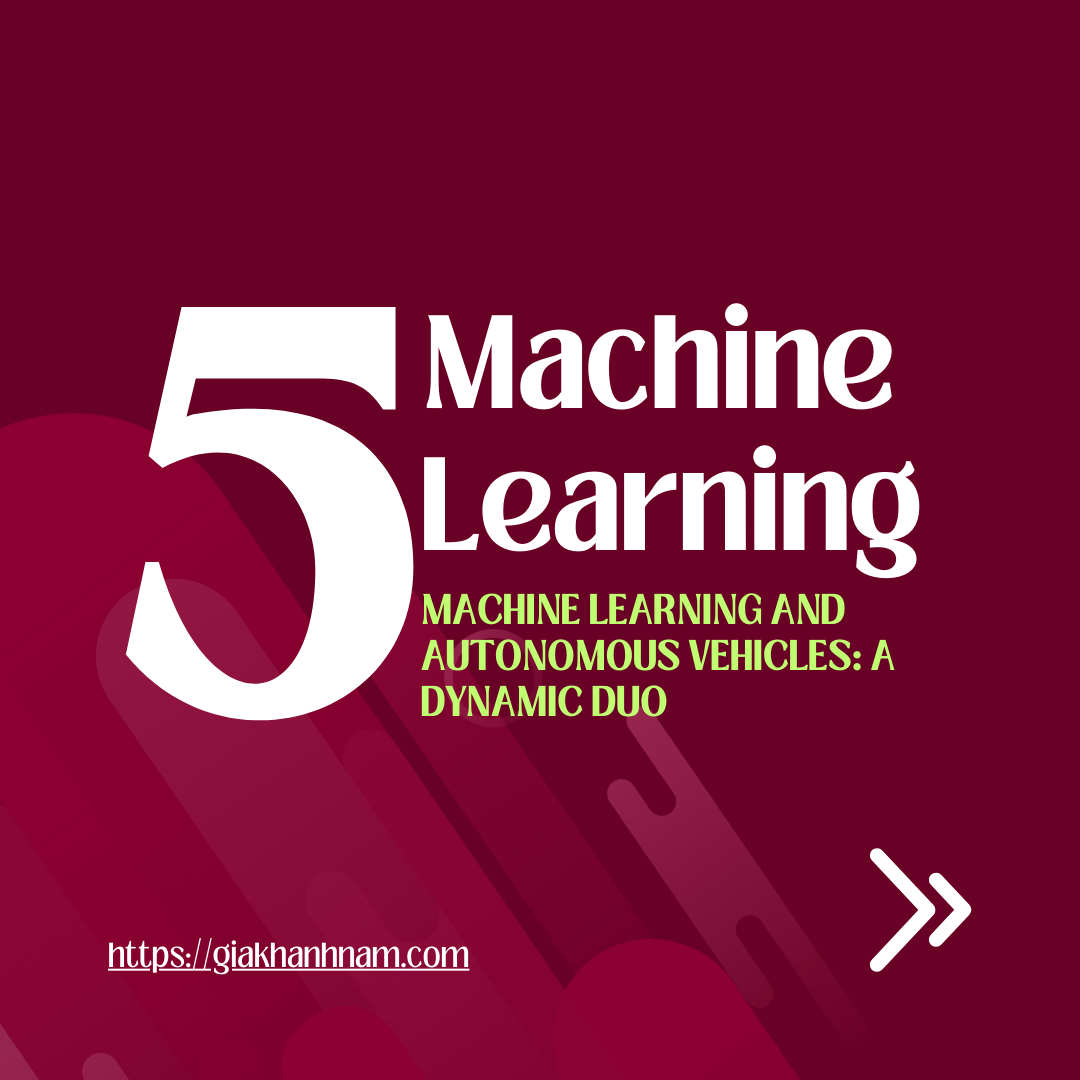
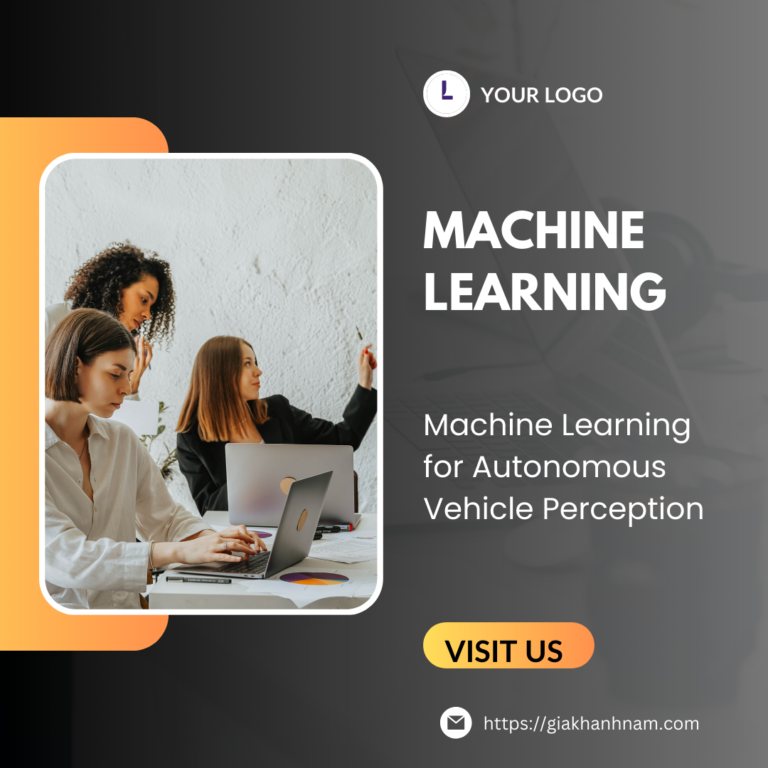

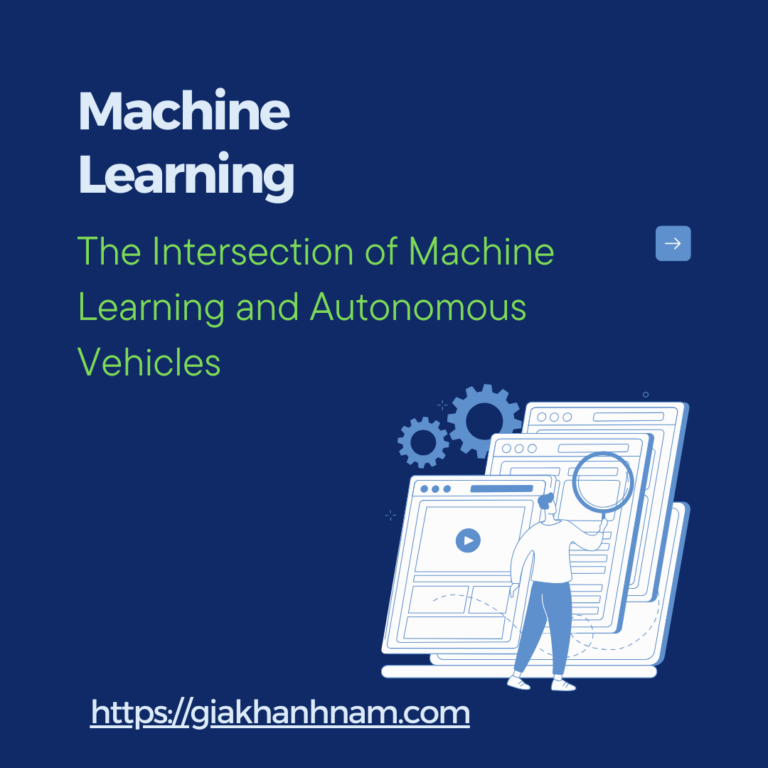







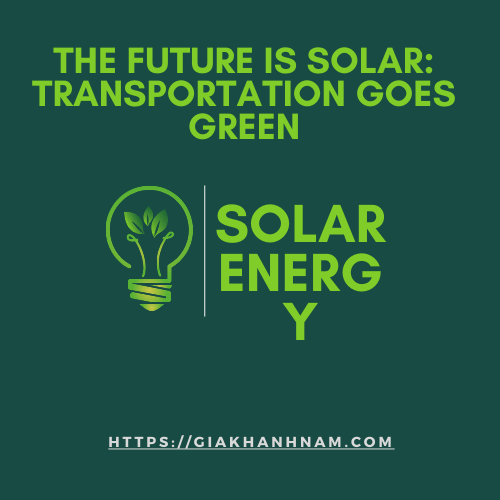
+ There are no comments
Add yours